Vincenzo Nibali's road to Giro d'Italia victory complicated by Carapaz
Italian drops Roglic on Mortirolo but cannot shake off the race leader
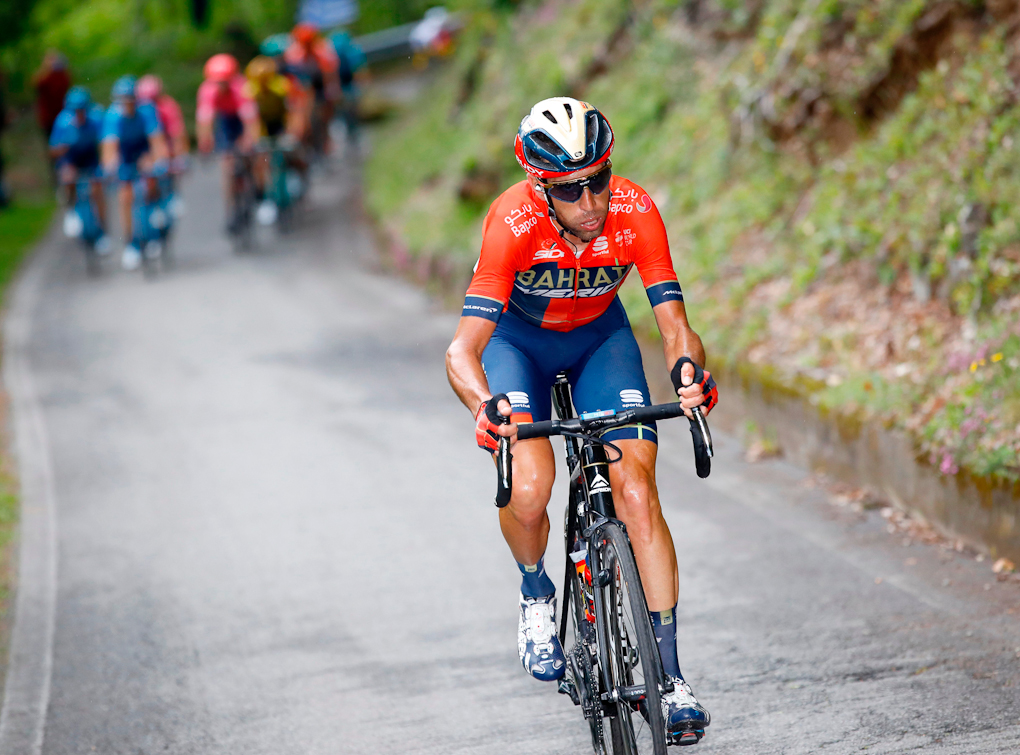
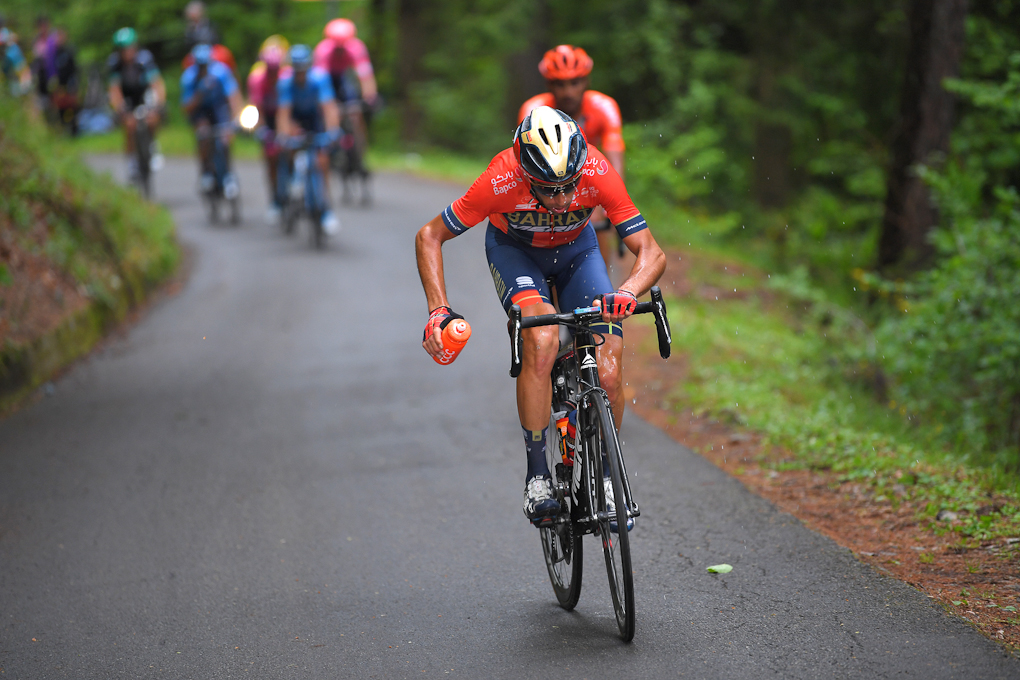
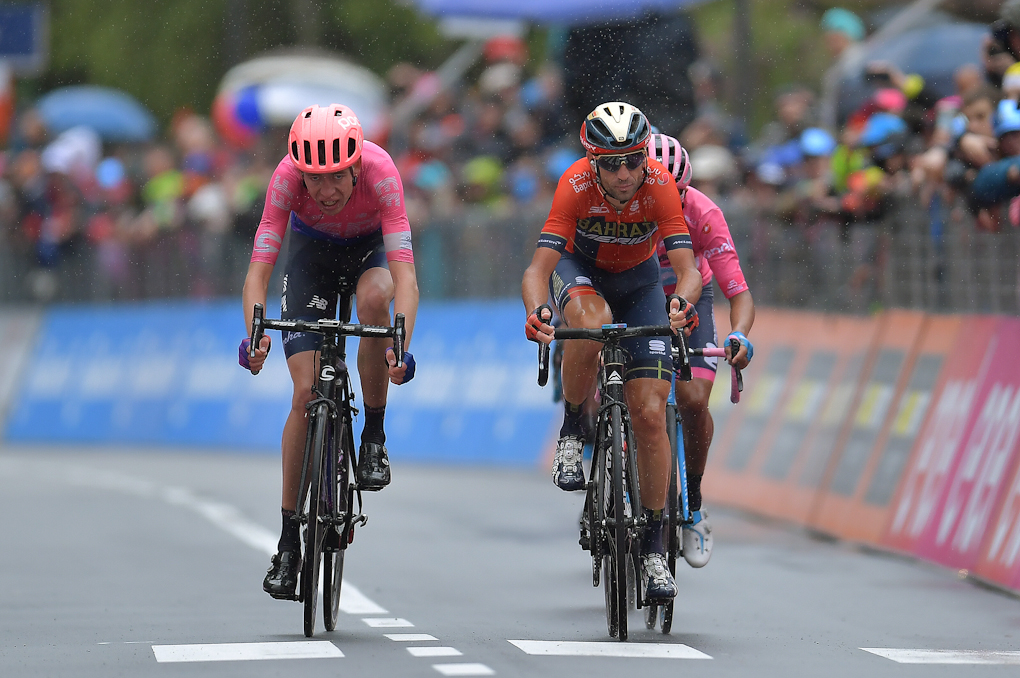
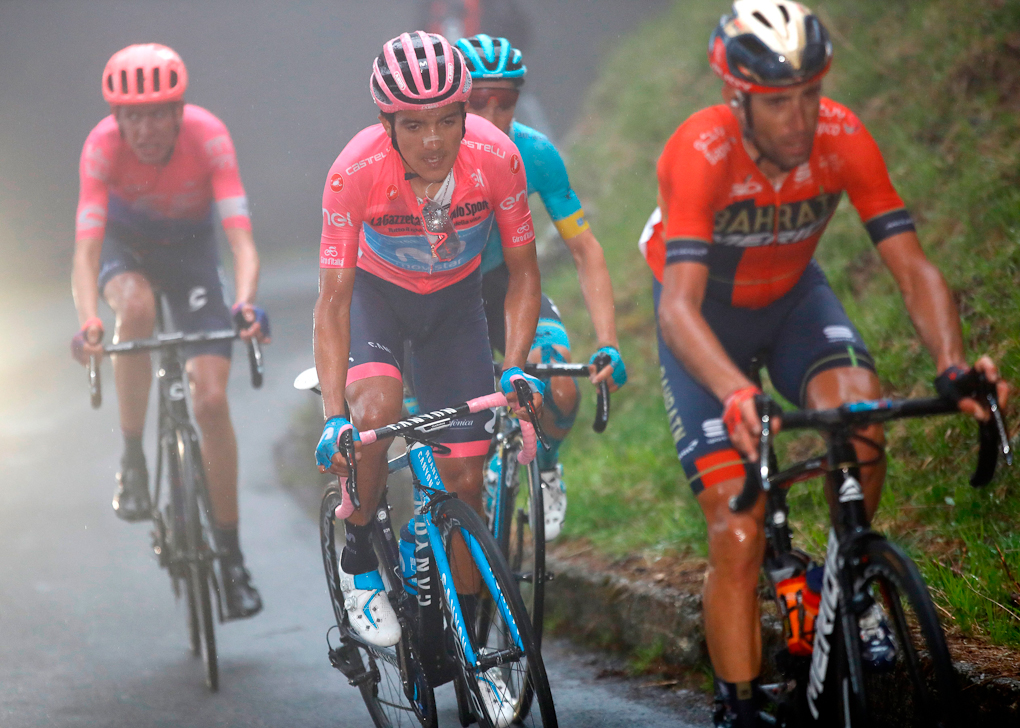
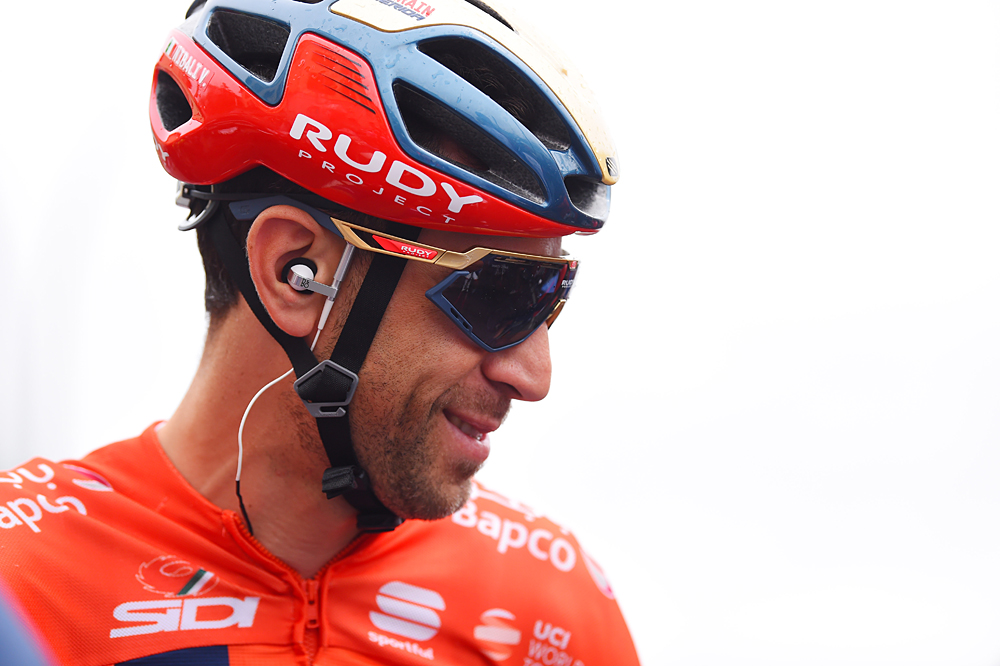
On Monday afternoon, as rain hammered against the windowpanes of his hotel opposite the dreary, grey terminal of Orio al Serio airport, Vincenzo Nibali (Bahrain-Merida) had described the Mortirolo as an "infinite climb." With the towering Gavia removed from stage 16 of the Giro d'Italia due to the heavy snow banking the pass, the Italian's thoughts were already drifting to the climb immediately preceding the finish in Ponte di Legno. A plan was formulating.
Carapaz rips up the Roglic and Nibali Giro d'Italia script – Analysis
Nibali primed for thin air of Giro d'Italia's final week
Roglic and Nibali left to face questions over Milan Erzen and his links to Operation Aderlass
Giro d'Italia: Ciccone wins stage 16
Giro d'Italia: Roglic loses over a minute to Nibali and Carapaz on Mortirolo
When Nibali bounded clear of the pink jersey group on the lower slopes of the Mortirolo on Tuesday afternoon, he still had more than five miles of infinity to cover before the summit. A man could win – or lose – an eternity in that time. It certainly seemed that way when Nibali immediately gained 10 seconds over the pink jersey group and when Primoz Roglic (Jumbo-Visma) was distanced shortly afterwards.
The longer the interminable ascent drew on, however, the clearer it became that Nibali's advantage was hitting finite limits. Beneath driving rain, maglia rosa Richard Carapaz was paced expertly by Movistar teammates Hector Carretero and Mikel Landa, who ensured Nibali's lead never exceeded 20 seconds.
In the intervening period, Nibali was joined on the attack by Hugh Carthy (EF Education First) but they would in turn be caught by Carapaz, Landa and Miguel Angel Lopez (Astana) nearer the summit. After the treacherous descent, Nibali struck a working alliance of sorts with the Movistar duo, and they arrived in a sodden Ponte di Legno together, 1:41 down on stage winner Giulio Ciccone (Trek-Segafredo) but 1:22 ahead of Roglic.
"I checked behind and saw they were coming closer so I let myself get caught without forcing it too much. In the finale, it was right to ride together and collaborate so we could gain time on Roglic with a view to the stages coming up," said Nibali, who is now in second place overall, 22 seconds ahead of Roglic but still 1:47 behind the resolute maglia rosa.
"Unfortunately, the fact we couldn't do the Gavia meant that we needed to force things on the Mortirolo. We did a good attack and a few GC contenders lost contact. Carapaz showed that he's in form. Today, he managed the situation very well but, I don't know, it didn't seem to me that he was at his best. But having a Landa riding like that meant that he was able to manage the situation."
Complicated
During his Monday press conference, Nibali had deflected when asked if he thought it best to try to make up ground Carapaz and Roglic in small increments or in one fell swoop. His attack on the Mortirolo suggested the latter. When Domenico Pozzovivo swung off and Nibali surged forward, it had the feel of a grand offensive in the manner of his twin raids at Risoul and Sant'Anna di Vinadio in 2016.
Get The Leadout Newsletter
The latest race content, interviews, features, reviews and expert buying guides, direct to your inbox!
The attack succeeded in part. Nibali's gains on Roglic were significant, but with the final time trial in Verona to come, he will still need to add more to his buffer on the Slovenian. He was unable to distance Carapaz, however, and the Ecuadorian has shown few signs of weakness since seizing the maglia rosa in Courmayeur on Saturday.
"What we tried to do, going on the attack, was certainly a good thing because we succeeded in gaining time on Roglic," Nibali said. "Now for the GC, we need to take a look and think about something to beat Carapaz. It's not easy because he's shown himself to be very strong, in-form and ready for this Giro d'Italia."
The Mortirolo was the first instalment in the Giro's arduous finale in the high mountains, and while only Saturday's Dolomite leg to Croce d'Aune is of equivalent difficulty, Nibali will surely seek to create opportunities on the road to Anterselva on stage 17 and San Martino di Castrozza on stage 19.
On leaving the anti-doping truck in Ponte di Legno on Tuesday, Nibali performed his media duties through a rolled down car window to shelter from the icy rain. To this point on the Giro, his post-stage interviews had tended to focus on his rivalry with Roglic. Now, the question was a different one. How can he recoup 1:47 on the seemingly implacable Carapaz?
"I don't know, I don't know," Nibali said. "In this moment, it's really complicated."

Barry Ryan was Head of Features at Cyclingnews. He has covered professional cycling since 2010, reporting from the Tour de France, Giro d’Italia and events from Argentina to Japan. His writing has appeared in The Independent, Procycling and Cycling Plus. He is the author of The Ascent: Sean Kelly, Stephen Roche and the Rise of Irish Cycling’s Golden Generation, published by Gill Books.